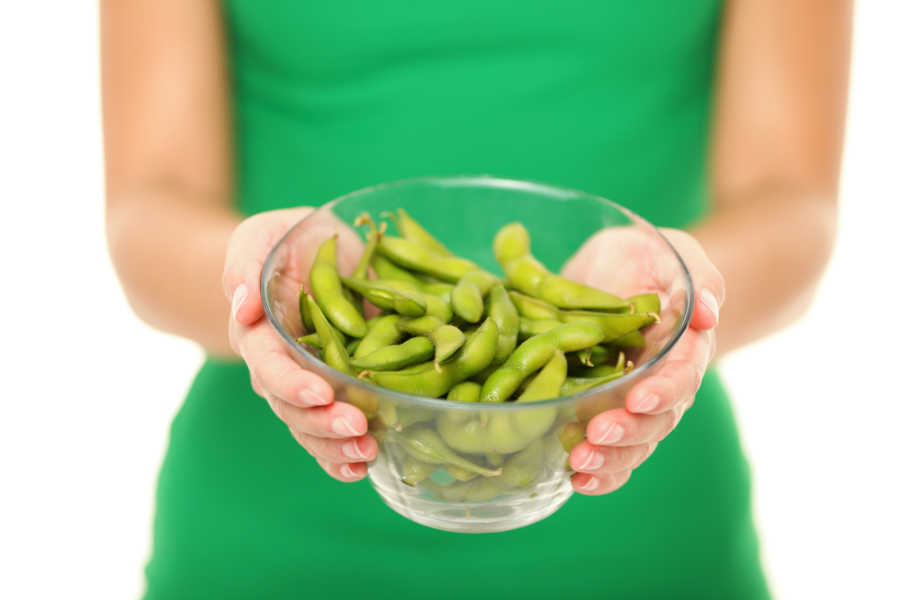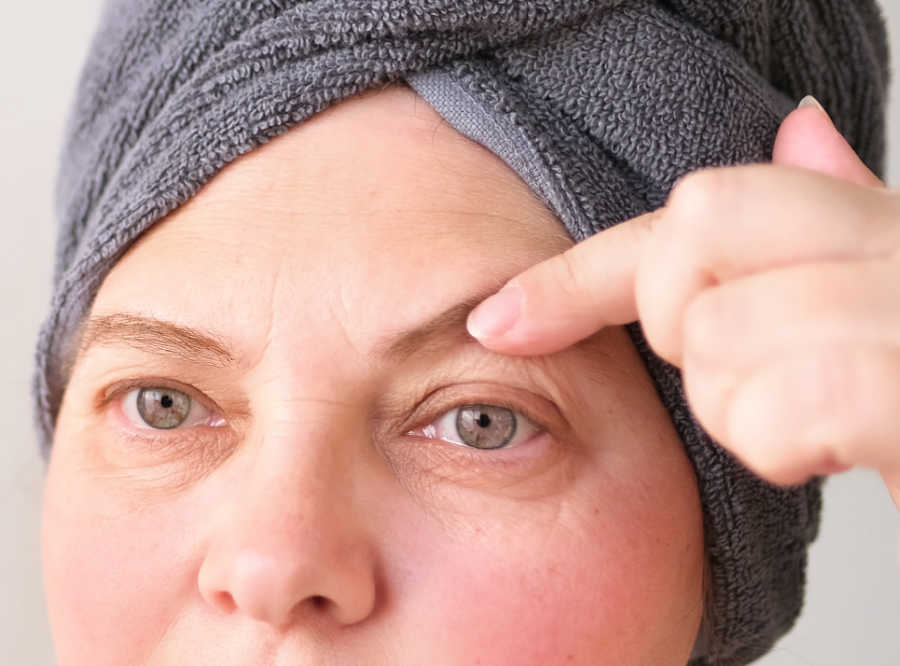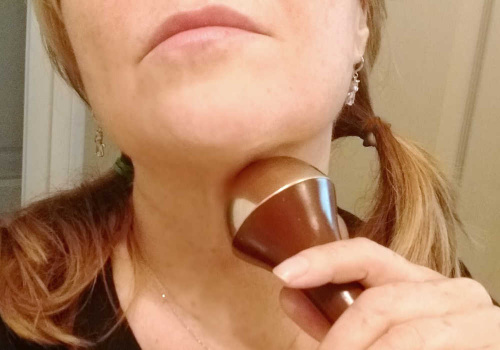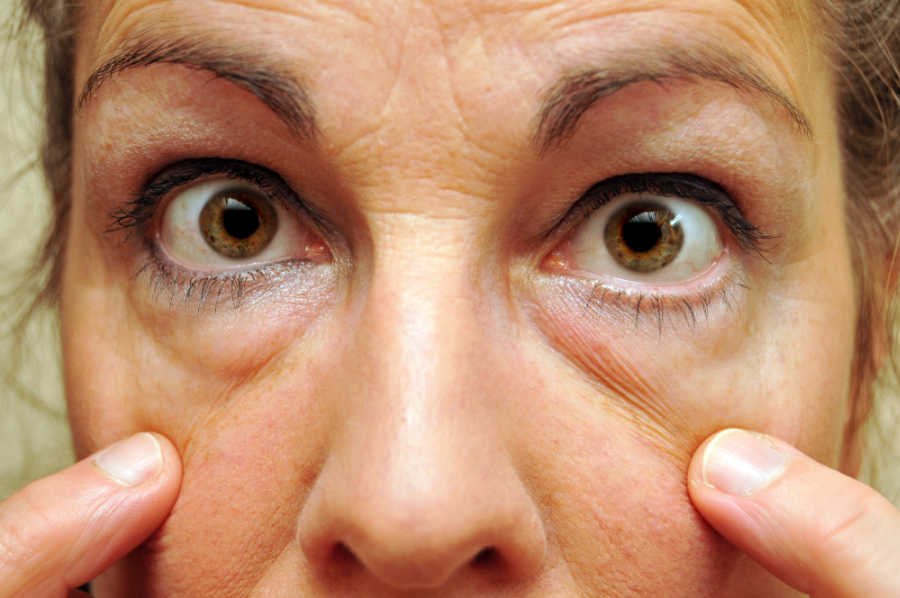- Home
- Anti-aging Beauty Club Back Issues
- Anti-aging Beauty 12
I may earn from qualified Amazon & Affiliate purchases at no cost to you.
Anti-Aging Beauty Club #12
2023
by: Linda Robison / Facial Fitness Specialist @ ABZ
Hello and Welcome!
"Tis the era of self-care and at-home skincare hacks."
We're all looking for budget friendly anti-aging beauty treatments. And, this one is a keeper!
If you want a cleaner, smoother complexion with fewer dead skin cells, excess oil, and facial hair, you're in the right place. Keep reading to learn more.
We're about to explore the ins and outs of this skin-smoothing sensation.
Dermaplaning At-Home

If you're looking for a budget-friendly way to achieve that fresh and glowing skin, at-home dermaplaning might be just what you need.
At-home dermaplaning is like a mini spa day for your skin in the comfort of your own bathroom.
This DIY skincare method involves using a small, sharp blade to gently exfoliate your skin, effectively removing dead skin cells and fine facial hair. The benefits are quite impressive; it leaves your face looking cleaner, smoother, and brighter.
In Anti-Aging News...

Reveal Radiant Skin: How Soy Protein Can Reverse the Signs of Aging Skin in Postmenopausal Women.
A recent study found that eating eating soy protein with added isoflavones (SPII) for six months can make your skin look better.
Researchers studied postmenopausal women with different skin types. After 16 and 24 weeks, they saw that the SPII group had fewer wrinkles (about 6-7% less) compared to when they started.
Their skin also had fewer dark spots (pigmentation) after 24 weeks. Plus, their skin was more hydrated, but it didn't change how much oil the skin produced.
So, taking soy protein with isoflavones might help improve the skin of postmenopausal women.
What are some food sources of soy protein with isoflavone?
Soybeans: Whole soybeans, also known as edamame. These are great steamed or stir-fried.
Tofu: Tofu, or bean curd, is made from soybean milk and is rich in both soy protein and isoflavones. This can be added to soups, smoothies, and stir-fried dishes.
Soy Protein Powder: Soy protein powder can be added to smoothies and other recipes, making it easy to increase your soy protein and isoflavone intake.
Tempeh: Tempeh is a fermented soybean product that contains a good amount of soy protein and isoflavones.
Soy Milk: Many varieties of soy milk are available in stores, and they are often fortified with isoflavones and can be a good source of soy protein.
Soy-Based Meat Substitutes: Some meat substitutes, like veggie burgers and soy-based hot dogs, contain soy protein and isoflavones.
Soy Nuts: Roasted soy nuts are a snack that provides both soy protein and isoflavones.
Reference:
"I may be a senior, but I'm still hot!"
~Betty White
Other Pages You Might Like:
Thank you for joining me! I look forward to seeing you next month!
Until next time,
Questions, comments or suggestions? Please feel free to drop me a line.
Back Issues:
- September 2023 - Slugging $5 drugstore beauty hack for hydrated skin
- August 2023 - Topical Vitamin C for Brighter Skin
- July 2023 - Buccal Fat Removal: Celebrity Favorite or Aging Risk
- June 2023 - Botox Benefits and How Misuse Can Age Your face
- May 2023 - How To Make Foundation Makeup Look Better
- April 2023 - Why Facial Bones Change With Age
- March 2023 - Face Cupping Massage
- February 2023 - Define Your Cheekbones
- January 2023 - Rejuvenate Your Skin At Home
- December 2022 - How to Perk Up Dull Skin
About the Author:
Linda Robison is a Facial Fitness Specialist and the founder of Anti-Aging Beauty Zone. She shares expert insights on skincare, facial rejuvenation, and beauty treatments—blending traditional wisdom, personal experience, and science-backed research for both at-home and in-office solutions.
Before you go ....
Please tap on the💙in the bottom right corner if you found this page helpful. Also, Let’s CONNECT! Click the buttons below to follow me on social media.
Thanks so much!








